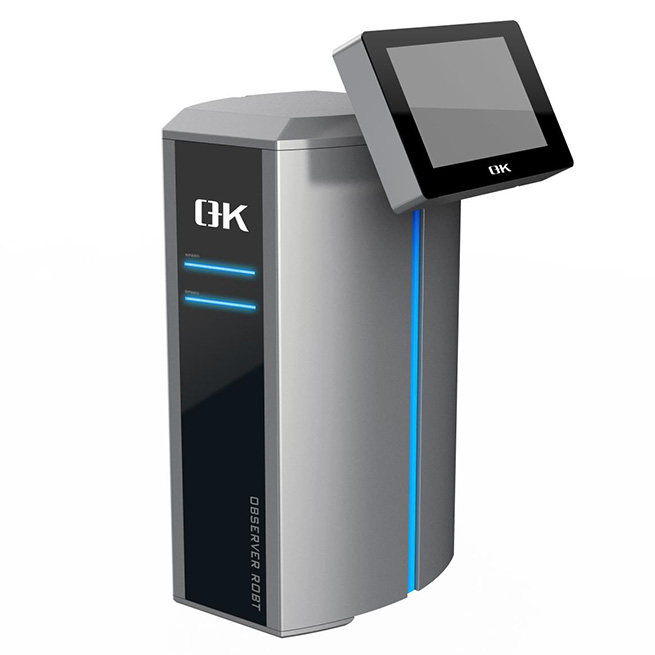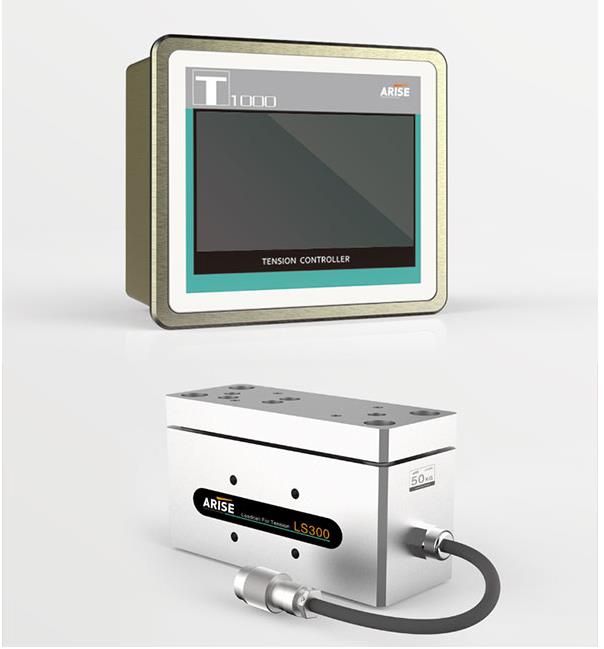How Web Guide Systems are Contributing to the Production of High-performance Batteries
High-performance batteries are increasingly sought after in electric vehicles, consumer electronics, and renewable energy storage, propelling the need for advanced manufacturing processes. Central to ensuring the quality and consistency of battery components are web guide systems. This article dives into the pivotal role web guide systems play in battery manufacturing, elucidating their functionalities and their contribution to crafting dependable, high-performance batteries.
Battery manufacturing entails intricate processes where precise alignment and tension control are paramount for producing top-notch battery components. Any deviation in alignment or tension can result in defects, compromised performance, and even safety hazards in the final product. Web guide systems mitigate these challenges by furnishing precise control over material positioning, alignment, and tension throughout the manufacturing journey, thereby ensuring uniformity and consistency.

Key Functions of Web Guide Systems in Battery Manufacturing:
Alignment and Positioning: Web guide systems ensure accurate alignment and positioning of battery materials, like electrode foils, separators, and electrolytes, as they progress through various manufacturing stages. This precision is indispensable for upholding uniformity and consistency in battery cell construction, thereby minimizing defects and optimizing battery performance.
Tension Control: Precise tension control is imperative for averting wrinkles, creases, and tears in battery materials during processing. Web guide systems diligently monitor and adjust tension levels to ensure smooth and stable material movement, culminating in high-quality battery components boasting optimal mechanical properties.
Edge and Center Guiding: These systems can guide materials along their edges or centers, contingent on the manufacturing process's specific requirements. This flexibility affords precise control over material alignment and tracking, thereby curbing waste and maximizing efficiency.
Slitting and Cutting: Besides alignment and tension control, web guide systems can execute slitting and cutting operations to customize the widths and lengths of battery materials. This capability empowers manufacturers to tailor battery components to meet specific design and performance criteria, thereby enhancing product versatility and flexibility.
Material Handling and Tracking: Facilitating smooth and continuous material movement along the production line, web guide systems ensure efficient processing while minimizing downtime. By tracking material position and movement, these systems enable real-time adjustments and optimization of manufacturing parameters.
Advanced Features and Technologies in Web Guide Systems:
Innovations in web guide systems have transformed material handling and processing across various industries, including printing, packaging, and manufacturing, enhancing accuracy, efficiency, and reliability. Noteworthy advancements include:
High-Resolution Sensors: Cutting-edge sensors like ultrasonic sensors, line scan cameras, and laser sensors deliver precise measurement and detection of material position, alignment, and defects, even at high speeds and under challenging conditions.
Servo-Driven Actuators: These actuators provide precise and responsive control over web guiding movements, leveraging feedback mechanisms to adjust position, tension, and alignment in real-time, thus ensuring optimal performance and minimal errors.
Closed-Loop Control Systems: Continuously monitoring sensor feedback, these systems automatically adjust to maintain desired web alignment and tension, employing feedback control algorithms to optimize performance and ensure consistent and reliable operation.
Integration with Automation Systems: Seamless integration with automation systems such as PLCs and SCADA systems enables centralized control, real-time monitoring, and data logging, thereby enhancing efficiency and productivity.
Web Inspection and Defect Detection: Some advanced systems integrate web inspection and defect detection capabilities, leveraging web inspection vision systems to identify defects like wrinkles, tears, or misalignment, facilitating immediate corrective action and reducing waste.

Remote Monitoring and Diagnostics: Equipped with remote monitoring and diagnostics capabilities, these systems allow operators to oversee system performance and troubleshoot issues from a remote location, enabling proactive maintenance and minimizing downtime.
Adaptive Control Algorithms: These algorithms continuously adapt system parameters based on changing operating conditions, optimizing performance and minimizing errors, thereby ensuring consistent operation under varying conditions.
Safety Features: Incorporating built-in safety features such as overload protection and emergency stop mechanisms, advanced web guide systems prioritize safe operation, safeguarding equipment and personnel from potential hazards.
Data Logging and Analytics: These systems collect and analyze data on material position, tension, and alignment over time, furnishing valuable insights into system performance, identifying trends, and optimizing operating parameters for enhanced efficiency and productivity.

In Conclusion:
By furnishing accurate alignment, tension control, and material handling capabilities, web guide systems play a pivotal role in producing high-quality batteries boasting superior performance and safety characteristics. As the demand for advanced batteries continues to surge, the significance of web guide systems in battery manufacturing will only intensify, fostering further innovation and optimization in this indispensable industry.
- Art
- Causes
- Crafts
- Dance
- Drinks
- Film
- Fitness
- Food
- الألعاب
- Gardening
- Health
- الرئيسية
- Literature
- Music
- Networking
- أخرى
- Party
- Religion
- Shopping
- Sports
- Theater
- Wellness
- IT, Cloud, Software and Technology


